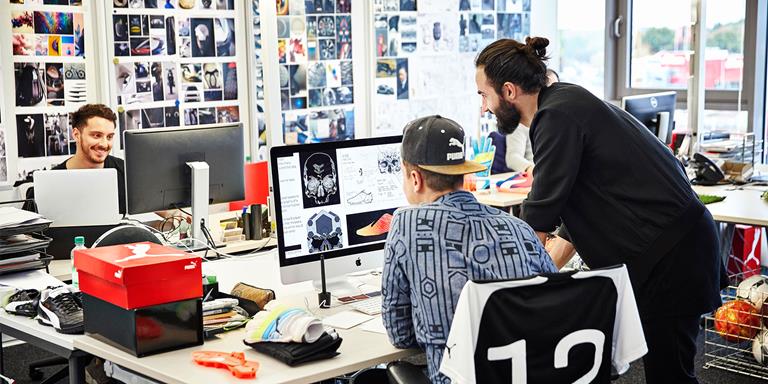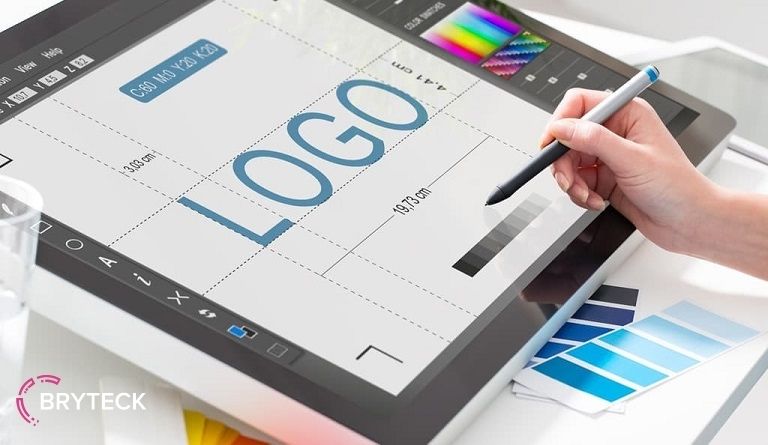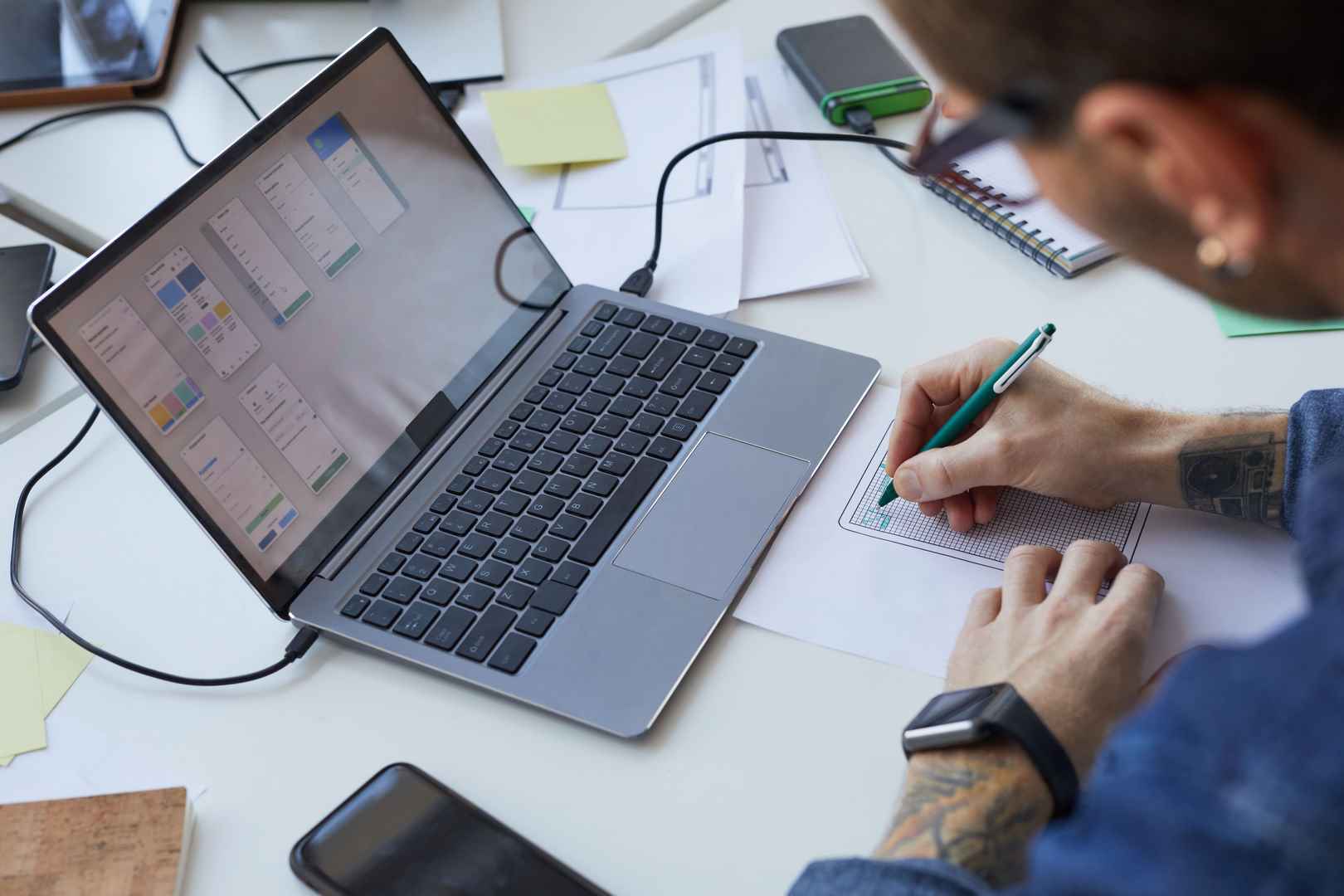How to create a logo: stages
To understand what to look for when developing a logo, let us recall all the stages of its creation, from an idea to a ready-made solution.
- Briefing. At this stage, the performer will find out the maximum amount of information about what logo the client wants.
- Structuring. The designer reads the brief and assesses the approximate style of what the client wants. Brings out the essence of it: the purpose of the company, how the client sees the future logo, what the product associates with.
- Brainstorm. All ideas that come to mind are recorded here.
- Search for references. The designer is looking for what was created before him: similar companies and products. It is also important to understand who the competitors are so that the customer stands out from their background.
- Moodboard. Based on the data received, the designer sketches out logo options – in the program or manually, depending on the task.
- Selection and debugging. 5-10 best are selected from all options. Each concept carries a separate idea that is understandable to the end-user.
- Presentation. The client chooses one of his favorite options.
- The final version. The selected concept is polished, handed over to the client, and turned into a new company logo.
This is how most designers create logos. The question is how much attention they give to each stage of logo design. At IntlTech Digital we are confident that special attention should be paid to the briefing and debugging phase. Without this, there is a risk that the creation of the logo will end in disappointment for the customer.

What should be the brief for creating a logo
Even before starting work, you need to get the maximum information from the customer about the future logo. Most often, a brief is used for this to interview the customer. But what this document will be like and how the survey itself will take place depends entirely on you.
- The brief is not sent, it is questioned personally.
Even the most perfect brief makes no sense if the client fills it out casually and in a hurry. In the best case, the designer will have to contact the customer day after day for additional information. At worst, it will try to create something based on the bits of information that have been added to the brief. A personal survey will allow you to find out all the missing details of the picture – this makes it easier for both you and the customer.
- Ask the customer in detail about the company and the product.
Even if you can find all the data about the company on the Internet, the client can provide you with valuable information – from the field of activity to the description of the product. Often the customer knows better who he is competing with and how to differentiate himself from competitors.
- The more questions you ask, the better.
Ask about the very idea of a logo: what does it look like in the customer’s head? Not shape and color, but what does he associate the product with, how does he relate to it, what function the logo should carry, what emotion it will evoke.
- Visual examples are required
The client must show what he likes. Instead of a million questions about color and shape, suggest a few examples from which the client will choose their favorite.

Why the debug phase is one of the most important when creating a logo
You can create a logo in one day, but not the fact that it will be perfect. To understand how good a logo is, a designer needs feedback. To do this, get reviews: reviews from colleagues, friends and the target audience of the product. Discuss the logo with colleagues, show it to the team. There is always a chance that the logo is not as “wow” as the designer thinks.
Without debugging, there is a risk of getting a crude logo. At the time of creation, it will seem to you unsurpassed and the most beautiful in the world, but a couple of months will pass – and you will begin to notice inaccuracies and even think how it was possible to offer this to someone at all. To avoid embarrassment, ask for feedback, and polish the logo to the limit.

A logo without an idea will not benefit the customer
Novice designers think that to create a logo it is enough to have a good command of graphic editors – and everything will come by itself. But this is only half the success. Do not think about how to create a more fashionable and modern image. Better grasp the essence of the company and convey it in the image.
It takes ambition to create explosive visuals. You need to be impressed, set on fire with the desire to surprise the viewer. Your end goal is not an image, you are creating an emotion, a story that the end consumer needs to understand. In this case, the visual can be anything.
conclusions
For a bombastic logo that will satisfy not only the client but also his target audience, the designer must add meaning to the image, an idea that will lead future clients. To make this process as easy as possible, ask the customer about the ins and outs of the project, and do not forget to test the product to see how mature it is. Otherwise, no matter how perfect a logo design is, it will end up unnecessary.















